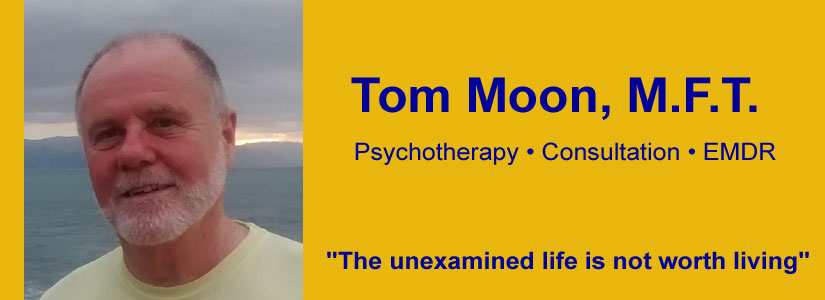Now that same-sex marriage is legal in a second state, and couples by the hundreds are getting married every day all over California, it might be a good time to summarize briefly what the research shows about the viability of gay relationships. Skepticism about our relationships still abounds among both gays and straights. This is an area where unexamined homophobia remains potent. We still hear that gay relationships never last, or can’t work, because we’re all too immature, impulsive, self-centered, or self-destructive, to manage them. As conservative moralist William Bennett wrote “It is important to say publicly what most of us believe privately, namely that marriage between a man and a woman is in every way to be preferred to the marriage of two men or two women.” Really? What does the data actually show?
In two studies published earlier this year by the American Psychological Association, the notion that committed same-sex relationships are “atypical, psychologically immature, or malevolent contexts of development was not supported by our findings,” wrote lead author Glenn I. Roisman, PhD. “Compared with married [straight] individuals, committed gay males and lesbians were not less satisfied with their relationships… Same-sex couples were found to be just as committed in their romantic relationships as heterosexual couples.” In fact, “some evidence emerged that the lesbian couples were especially effective at resolving conflict.” and “Same sex couples reported more positive feelings toward their partners and less conflict than heterosexual married couples.”
One of the most respected experts on marriage in America is Dr. John Gottman, author of The Seven Principles for Making Marriage Work. I often recommend this book to struggling gay couples, even though it was written for a straight audience, because its advice is practical and solidly grounded in research. Gottman recently concluded an in-depth, 12-year study of same-sex relationships. Some of his findings: 1) Overall relationship satisfaction is about the same across all couple types (straight, gay, lesbian); 2) Both gay and lesbian couples are more upbeat in the face of conflict and use more affection and humor when they bring up a disagreement; 3) Gay and lesbian couples use fewer controlling, hostile emotional tactics in conflicts than straight couples; 4) Gay and lesbian couples, on the whole, are better at calming down and soothing one another after a conflict. It seems that our relationships not only aren’t second-rate, but that we may actually have a few things to teach straight people about managing them.
But do our marriages last? Don’t we always break up after six months or so? Darren Spedale, a law and business student at Stanford University, who studied divorce rates in Denmark in 1996-97, seven years after same-sex registered partnerships were legalized there, found that 17 percent of gay partnerships ended in divorce compared with 46 percent of straight relationships. “Same-sex couples who enter into marriage-type relationships have obviously given it much more thought” he commented. “A lot of them, in general, have had longer relationships previous to tying the knot.”
A frequent challenge to the legitimacy of gay relationships, leveled primarily at gay men, is that we’re all too sex-obsessed to keep monogamous commitments. There are several ways to respond to this criticism. First of all, more gay men are monogamous than many people, including many gay men, believe. In an Advocate sex survey in the ‘90’s of over thirteen hundred gay men, for instance 52% reported that in their current or last relationship they had been monogamous, and 77 percent said that they preferred monogamous relationships to open relationships.
A second response is that people who live in glass houses shouldn’t throw stones. Contrary to the mythology of the “family values” crowd, non-monogamy is not exactly a gay male preserve. Among straights, an estimated 50% of husbands and 30-40% of wives have affairs, and 90% of first marriage divorces involve one or both partners having an affair. Moreover, it is primarily straight men, single and married, who keep the multi-billion dollar sex worker industry in business.
A 1994 study comparing gay and straight relationships found that neither monogamy nor non-monogamy was related to relationship satisfaction for gay men. What was important was adherence to whatever agreement the couple made about the issue. In other words, honesty was the value that mattered. Maybe, then, the real difference between gay and straight couples on the monogamy question isn’t that straights are and gays aren’t, but that when gay couples aren’t monogamous they are more likely to act on the basis of explicit agreements and honest communication. This is surely a more mature and honorable way to live than the Elliot Spitzer-style of official monogamy combined with secret cheating.
We have no need to be on the defensive about our relationships, and the marriage movement is an outward manifestation of the fact that more and more of us know it. The legal battles may go on for years, but I believe that what makes us unstoppable in the long run is that our self-perceptions have changed so radically. In exercising our right to marry, we aren’t merely “assimilating”; we are affirming our human dignity as mature adults who value – and practice – loyalty, commitment, care, and love.
